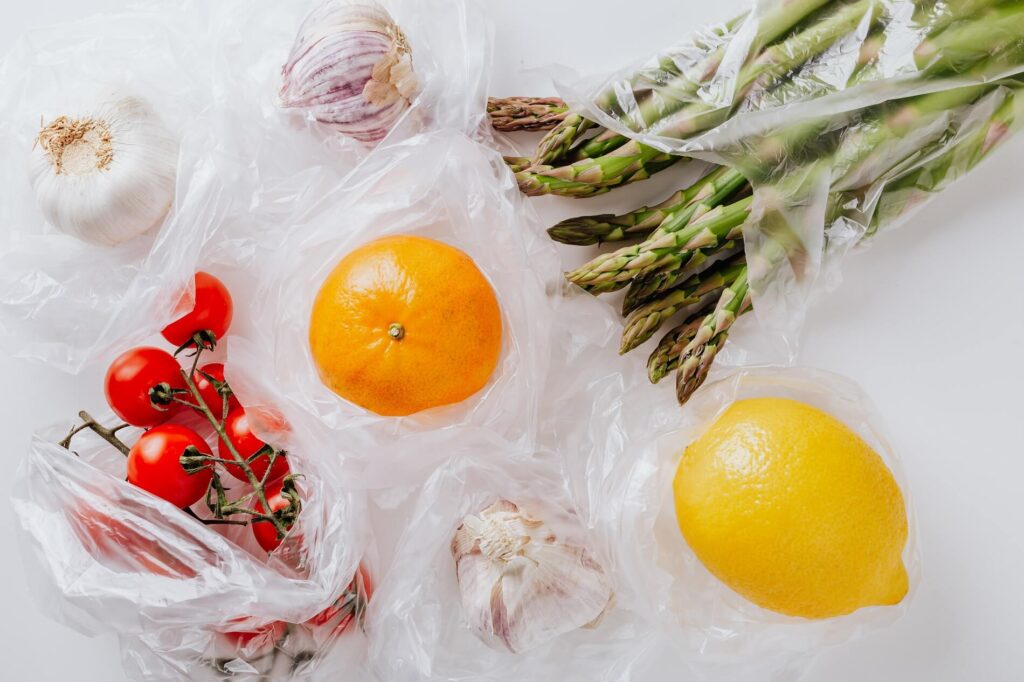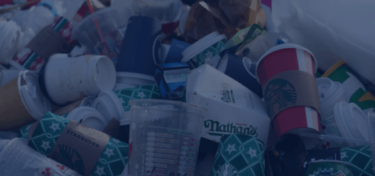Home – Case Studies – Conducting Plastic Footprinting for a Global Food Retailer
The Situation
A global food retailer has recently become a signatory to the New Plastics Economy Global Commitment, led by Ellen MacArthur Foundation (EMF). All signatories to the commitment are working to eliminate unnecessary plastic, innovate new packaging solutions, and contribute to a more circular economy.
The food retailer, along with the other signatories, has committed to public targets to deliver more sustainable packaging by 2025 and is required to report against progress towards these goals each year.
Anthesis worked with multiple brands that supply to the food retailer in the US market to help them to establish an appropriate baseline, strategy and targets to support the company’s EMF commitments and to establish a roadmap for opportunity in the US business.
Our Solutions
During the company’s first year as a signatory to EMF, Anthesis helped to create the data methodology and establish the steps to calculate their plastic footprint.
Anthesis and the client engaged with approximately two thirds of its own brand and national brand suppliers to gather information on the weights and material types used in primary, secondary and tertiary packaging to establish a baseline. Over one quarter of the suppliers contributed to the process by returning full packaging data sets in the first exercise of its kind for the organisation.
We collectively established a strategy to drive progress towards the 2025 EMF commitments of eliminating materials/colours and reducing/eliminating packaging, where possible, and worked together to socialise the strategy with internal stakeholders.
Explore our Packaging Solutions
Discover how Anthesis can support your sustainability ambitions.
Impacts of the Project
Packaging hotspots
Using scaled-up datasets, the project identified packaging hotspots and the best ways to implement changes to support progress towards the organisation’s goals.

Get in touch
We’d love to hear from you
We are the world’s leading purpose driven, digitally enabled, science-based activator. And always welcome inquiries and partnerships to drive positive change together.






